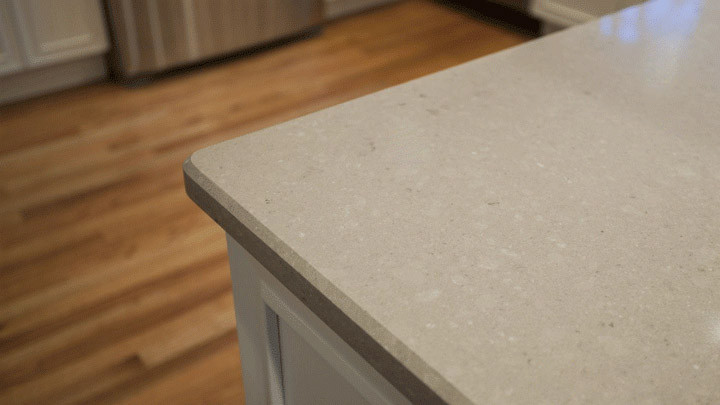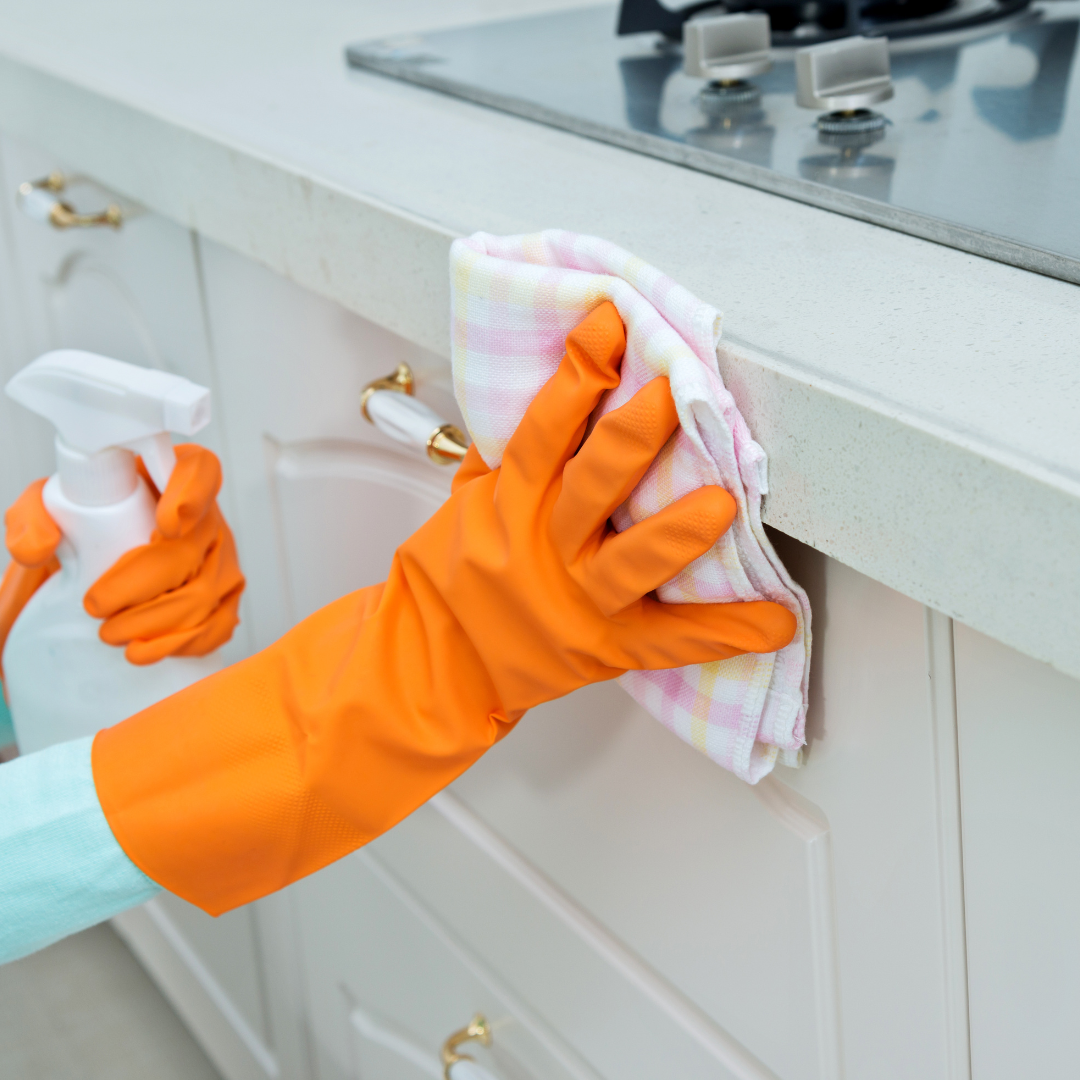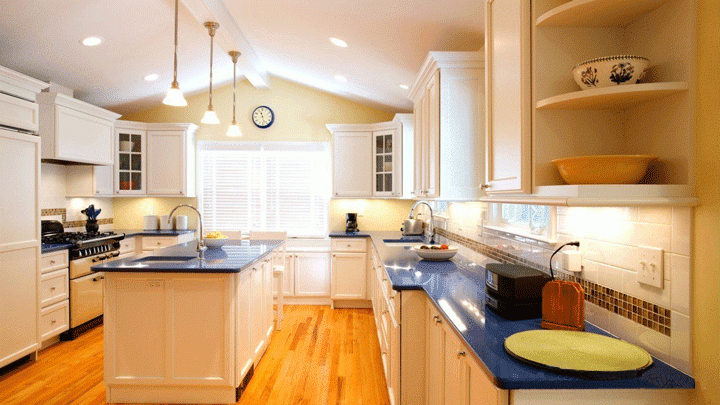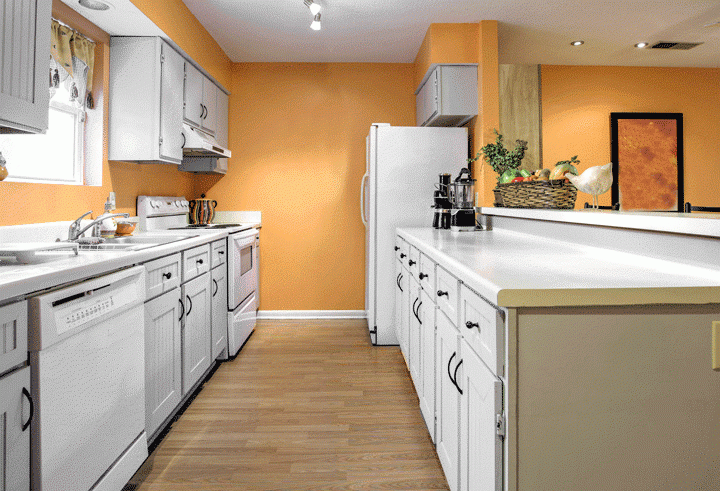
Table of Contents
Natural quartz is a mineral that is found in the earth’s surface. It is from this mineral and other components that quartz countertops are made. While not a natural stone countertop option, quartz is incredibly popular among homeowners. This guide will help you learn how quartz is made into your countertop, backsplash or other home surfaces.
[get_quote]
How is Quartz Made?
Quartz countertops, much like granite countertops, marble countertops and others, begin their journey at quarries all around the world. Quartz can be found everywhere from Brazil to India and even the United States. Clusters of quartz are extracted from the ground and weighed to get a roughly 90 percent quartz content (depending on specific brands) before being combined with other materials. Different brands, such as Caesarstone, Silestone, Cambria and others are likely to have slight differences in the exact percentage of quartz content, although the numbers will always be close to 90 percent.
The crushed quartz is combined with polyester resins, pigments and more. Because they contain high amounts of quartz, these engineered stone slabs can replicate the look of natural stone countertops.
After the materials are mixed together, they are compacted by significant amounts of pressure. This forms the quartz slabs. It is during this part of the manufacturing process that quartz becomes non-porous, meaning that water and other liquids cannot sink into the material.
Lastly, the quartz is cured in kilns and made to have a permanent seal. The final step of the process is applying the finish to the slab, whether it is a polished finish or another option.
| Step 1 | Natural quartz is extracted from quarries worldwide |
| Step 2 | The natural quartz is carefully weighed to get about 90 percent quartz content |
| Step 3 | The quartz is combined with polyester resins, pigments and more |
| Step 4 | The mixture is compacted to create slabs |
| Step 5 | The slabs are cured and finished |
Frequently Asked Questions
Are Quartz Countertops Made to Be Heat Resistant?
Despite being cured in kilns at high temperatures, you will have to be careful around your quartz countertops with heat. Exposure to excessive heat can cause the surface to receive a burn mark, as the resin will begin to melt.
What Are the Pros and Cons of Quartz?
There are many great reasons that quartz is one of the top countertop materials on the market. The engineered stone surfaces are available in many color options, from solid color to types with veining. In addition to their looks, quartz countertops are low maintenance, as the surfaces are easy to clean and do not require sealing.
As for cons of quartz, the material’s aforementioned issues with excessive heat stand out. Never place hot pots or pans on the surface of your quartz kitchen countertop (or hot hair styling tools in the bathroom). Always use trivets and hot pads for protection.
How Much Do Quartz Countertops Cost?
On average, quartz countertops cost between $50 to $120 per square foot. Common types of quartz will cost less, while rare slabs will be found in the high-end range.
What Are Some Other Alternatives to Natural Stone?
Quartz is your best option for a natural stone alternative. That said, there are many other options. While materials like solid surface and laminate may hold some appeal, they cannot offer the multitude of aesthetic and functional benefits you will get from quartz.
[get_quote]
What is the Difference Between Quartz and Quartzite?
The difference between the two is simple: Quartz is engineered, while quartzite is a natural stone.
From new countertops to vanity tops, backsplashes and more, quartz is an excellent choice to complete any home remodel. This guide can help you keep in mind how these excellent surfaces are created.
















 The article helped me immensely
The article helped me immensely
 I’m now more informed on the subject
I’m now more informed on the subject
 I have questions about Marble.com
I have questions about Marble.com
 The article was not accurate at all
The article was not accurate at all
 There is a serious lack of information
There is a serious lack of information
 I have questions about Marble.com
I have questions about Marble.com